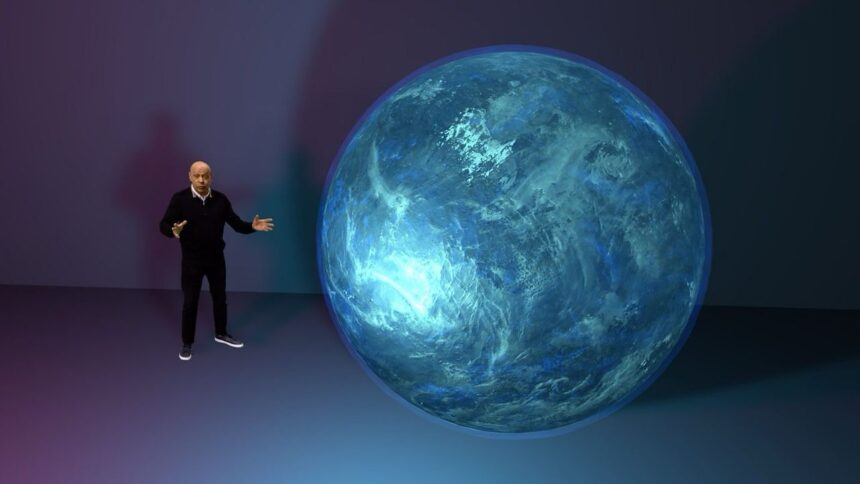A team of scientists from Cambridge University has uncovered what may be the clearest signs so far of life beyond Earth, detecting chemical signatures in the atmosphere of a distant planet that could have biological origins.
The planet, K2-18b, orbits a red dwarf star some 700 trillion miles from Earth. Using NASA’s powerful James Webb Space Telescope (JWST), researchers analyzed the light passing through the planet’s atmosphere and found signs of molecules linked to life on Earth.
The discovery marks the second time such chemicals have been observed on K2-18b, but researchers say this new data is more promising. The molecules in question are dimethyl sulphide (DMS) and dimethyl disulphide (DMDS), which on Earth are only known to be produced by marine phytoplankton and bacteria.
“This is the strongest evidence yet there is possibly life out there,” said lead researcher Professor Nikku Madhusudhan. “We can realistically say that we may confirm this signal within one to two years.”
According to Madhusudhan, the estimated amount of gas present in the planet’s atmosphere is thousands of times greater than what is found on Earth. “If the association with life is real, then this planet will be teeming with life,” he added.
However, the researchers caution that the findings are not yet definitive. The current level of statistical certainty is three sigma—around 99.7%—but scientific standards require five sigma, or 99.99999%, to claim a discovery.

Even if the team achieves that threshold, confirming the biological origin of these gases remains difficult. “We don’t yet know whether geological activity on the planet could produce these molecules,” said Professor Catherine Heymans, Scotland’s Astronomer Royal.
Other researchers are skeptical. Some suggest the planet might not have a surface or liquid ocean at all. A lack of ammonia in the atmosphere has led some to infer the presence of a vast body of water, but others believe a molten rock ocean could explain the data.
NASA researcher Dr Nicolas Wogan offered yet another theory: K2-18b could be a mini gas giant, which would be inhospitable to life. These alternate explanations highlight the ongoing debate in the scientific community.
Still, the Cambridge team remains optimistic. They are collaborating with other researchers to test whether DMS and DMDS could be produced through non-biological processes in lab settings.
“Decades from now, we may look back at this point in time and recognise it was when the living universe came within reach,” said Madhusudhan. “This could be the tipping point in our search for life beyond Earth.”







